- Home
- News
- Screening Matters, Issue 51, April 2015
- Understanding and improving the breast screening experience of Māori women
News
- Screening Matters Newsletter
- April 2019
- April 2018
- December 2017
- August 2017
- April 2017
- December 2016
- October 2016
- March 2016
- November 2015
- August 2015
- June 2015
- April 2015
- February 2015
- December 2014
- October 2014
- August 2014
- June 2014
- April 2014
- February 2014
- December 2013
- October 2013
- August 2013
- June 2013
- April 2013
- February 2013
Screening Matters
The National Screening Unit newsletter
Understanding and improving the breast screening experience of Māori women

The project – Tracing the journey: understanding and improving the experience of Māori women – involves tracers, or assessors, visiting Māori women who have recently been to an assessment clinic and interviewing them about their screening experience. The tracer also interviews staff caring for the woman.
BSA Programme Manager Maree Pierce says while independent Māori monitoring reports indicate there have been overall improvements in BSA’s performance for Māori women, inequities between Māori and non-Māori women persist.
‘The purpose of a tracer is to assess the care and services provided to an individual against the programme’s quality systems. They focus on the total experience of the woman at the centre of care, identifying transitions, relationships and themes.
‘Tracer methodology is about finding areas for improvement, and is one of a range of ways to help BSA improve the screening experience for Māori women to improve programme equity.’
While tracers are new to the NSU, they have been used for some time in district health boards by the Ministry of Health’s certification body HealthCERT.
Results of the tracer project will be used locally and nationally and the NSU will also evaluate providers’ experience of using the tracer approach.
To receive the Screening Matters newsletter by email, fill out our sign-up form.

